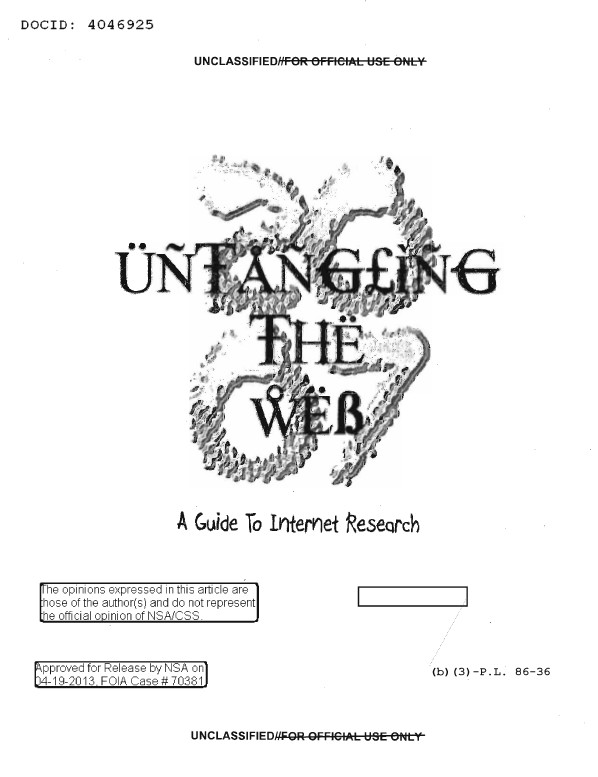Dorothy Stein: Ada: A Life and a Legacy (1987)
Filed under book | Tags: · biography, computing, electricity, history of computing, history of science, mathematics, science, technology

In this engrossing biography, Dorothy Stein strips away the many layers of myth surrounding Ada Lovelace’s reputation as the inventor of the science of computer programming to reveal a story far more dramatic and fascinating than previous accounts have indicated. Working with original sources, Stein clears up a number of puzzles and misinterpretations of Ada’s life and activities.
Augusta Ada Byron, Countess of Lovelace, was the only daughter of the poet Lord Byron and the close friend and associate of a number of the foremost scientific, literary, and artistic figures of the early Victorian period. She enjoys a growing reputation today for her report on Charles Babbage’s Analytical Engine—considered to be the first computer. Yet Stein shows how the often self-serving Babbage conspired to create the legend, using the Countess to promote his projects and make exaggerated claims for his engine. By placing Lady Lovelace’s report in the social and cultural context in which it was written, she finds that, far from being a clear and masterly exposition of the structure and logic of the computer, it was a rather mystical tract that dwelt on the inventor’s outdated philosophy of mathematics, and his mechanistic view of theology and the workings of capitalist economics.
Ada’s own life is vividly told, often in her own words, as Stein weaves into her narrative excerpts from letters, memoirs, and little-known documents to create an account that is at once black comedy, detective story, psychological drama, and scientific explanation. She examines the barriers and opportunities that Ada faced as she strove to develop her ambitions and search for truths that would free her of that shadow of her mysterious father and her overbearing and manipulative mother.
Stein reveals a turbulent and complex woman who tries to run away, who marries and bears three children, attempts to bury herself in the study of mathematics, and to find herself in a career in music or in writing. Ada corresponds and associates with men as diverse as Dickens, Chadwick, Quetelet, and Wheatstone. She sickens and attempts to find the cause of her malady by exploring the fringes of several sciences. Her interest in the use of electricity to treat nervous disorders involves her in the controversies over mesmerism and phrenology, and turns her from Babbage to Faraday and to Andrew Crosse, the “electrician” whose work served as the model for Frankenstein. With Ada, Stein examines the roots of the fear, fascination, and mystic awe with which we still regard the impact of high technology upon ordinary life.
Publisher MIT Press, 1987
History of Computing Series
ISBN 0262691167, 9780262691161
321 pages
Finn Brunton: Spam: Shadow History of the Internet (2013)
Filed under book | Tags: · arpanet, botnet, captcha, history of technology, internet, malware, spam, technology, usenet

The vast majority of all email sent every day is spam, a variety of idiosyncratically spelled requests to provide account information, invitations to spend money on dubious products, and pleas to send cash overseas. Most of it is caught by filters before ever reaching an in-box. Where does it come from? As Finn Brunton explains in Spam, it is produced and shaped by many different populations around the world: programmers, con artists, bots and their botmasters, pharmaceutical merchants, marketers, identity thieves, crooked bankers and their victims, cops, lawyers, network security professionals, vigilantes, and hackers. Every time we go online, we participate in the system of spam, with choices, refusals, and purchases the consequences of which we may not understand.
This is a book about what spam is, how it works, and what it means. Brunton provides a cultural history that stretches from pranks on early computer networks to the construction of a global criminal infrastructure. The history of spam, Brunton shows us, is a shadow history of the Internet itself, with spam emerging as the mirror image of the online communities it targets. Brunton traces spam through three epochs: the 1970s to 1995, and the early, noncommercial computer networks that became the Internet; 1995 to 2003, with the dot-com boom, the rise of spam’s entrepreneurs, and the first efforts at regulating spam; and 2003 to the present, with the war of algorithms—spam versus anti-spam. Spam shows us how technologies, from email to search engines, are transformed by unintended consequences and adaptations, and how online communities develop and invent governance for themselves.
Publisher MIT Press, 2013
Infrastructures Series
ISBN 026201887X, 9780262018876
270 pages
review (Evgeny Morozov, The Wall Street Journal)
interview with author (NPR)
Download (removed on 2013-5-20 upon request of the publisher)
Comment (0)National Security Agency: Untangling the Web: A Guide to Internet Research (2007)
Filed under manual | Tags: · google, hacking, internet, research, search, security, technology, web

“The manual just released by the NSA following a FOIA request filed in April by MuckRock. The book is filled with advice for using search engines, the Internet Archive and other online tools.” (source)
Publisher Center for Digital Content of the National Security Agency, February 2007
Unclassified in May 2013
643 pages
via Marcell Mars, via Wired
PDF (from NSA.gov)
PDF (mirror at the MuckRock website)
View online

